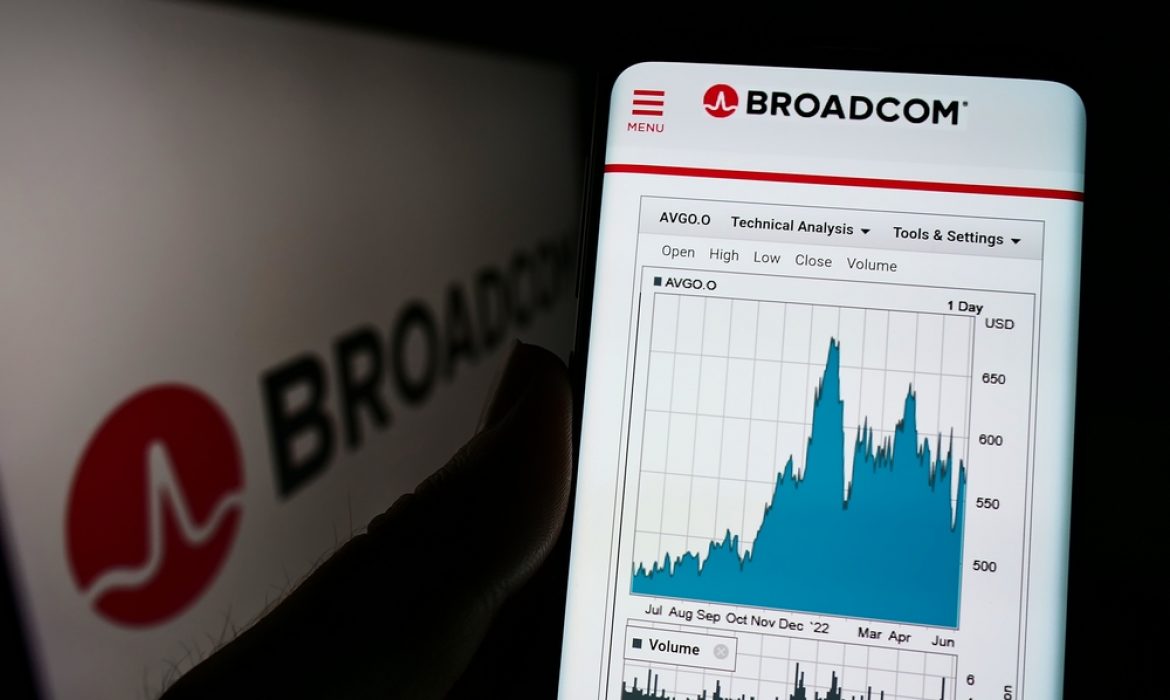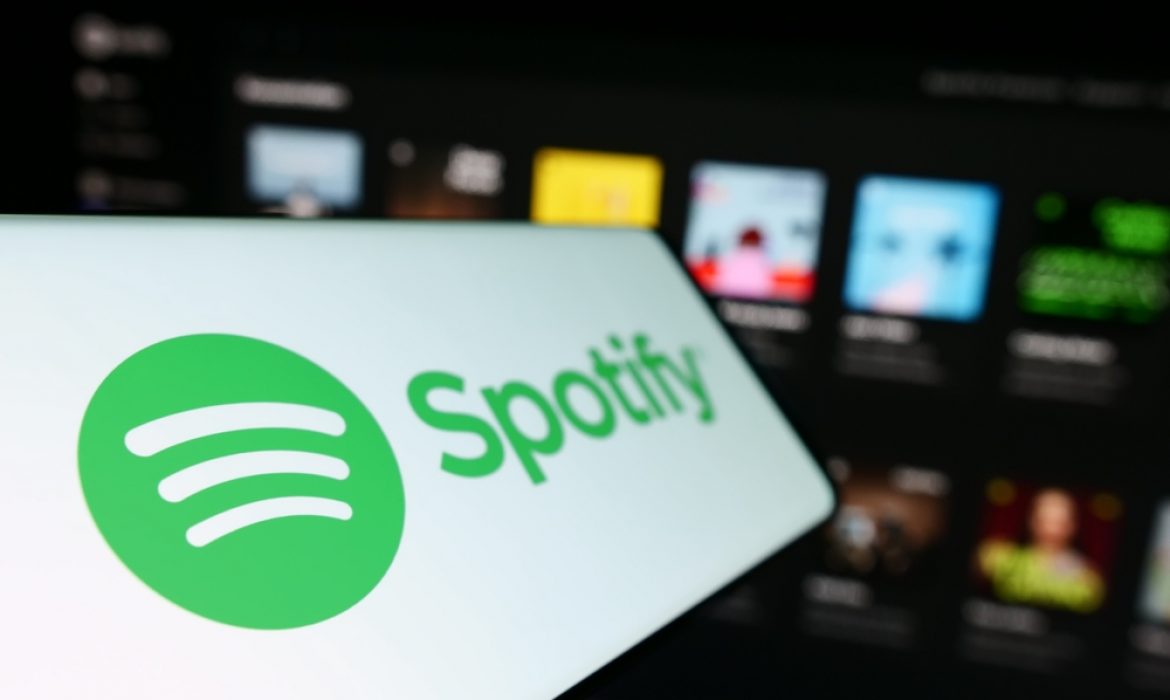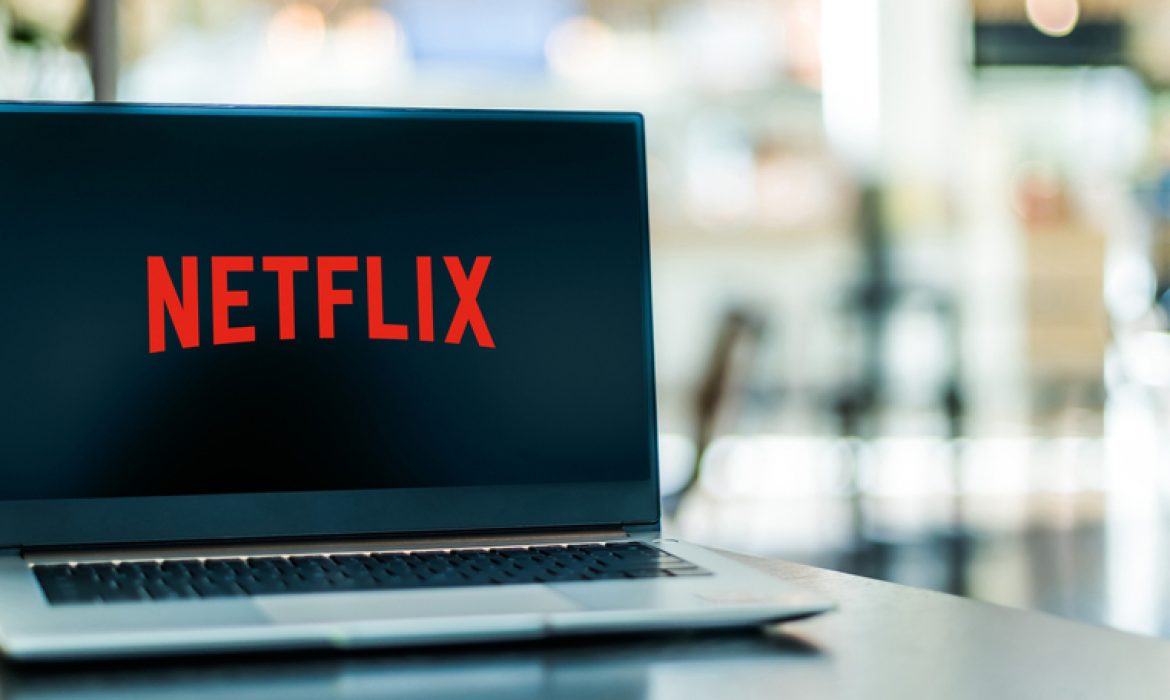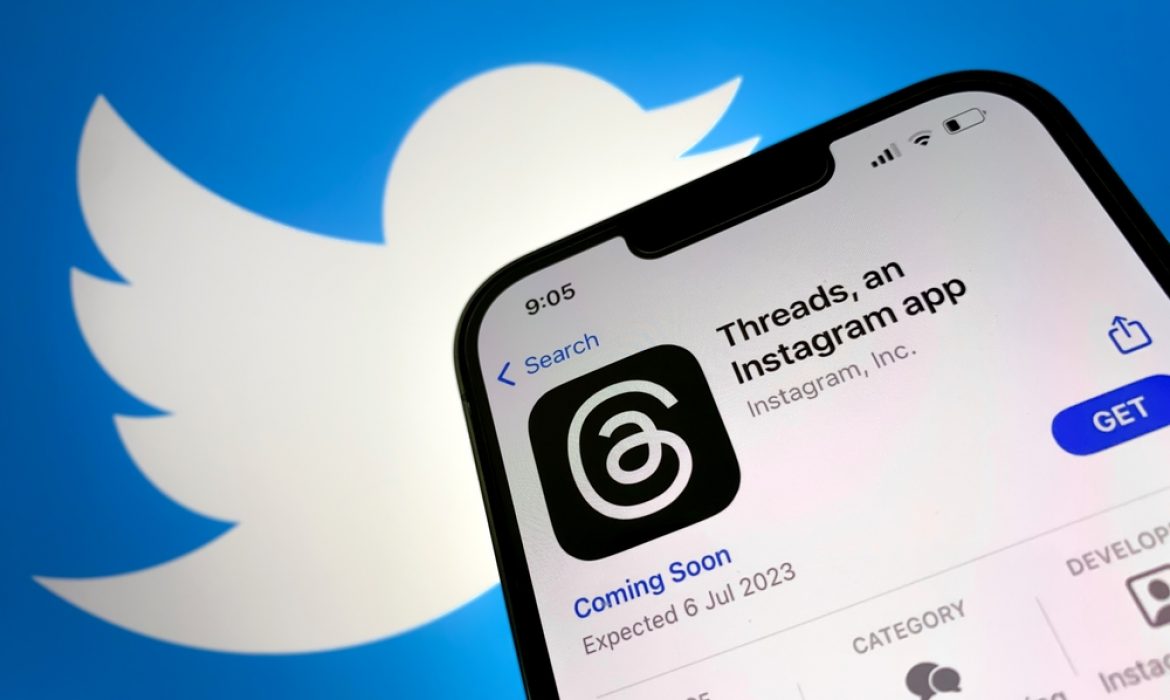Uber App to Offer Rides on Waymo Robotaxis in Phoenix, Marking a Milestone in Autonomous Transport
The Uber app is now poised to provide rides on Waymo robotaxis in Phoenix. This partnership heralds a significant shift in the ride-sharing industry, as Uber ventures into autonomous rides without human drivers for the first time, following the discontinuation of its own robotaxi project.
Starting this week, the Uber app is extending its services to encompass Waymo’s robotaxi fleet. Users in Phoenix can now opt for autonomous rides while booking in the UberX, Uber Green, Uber Comfort, or Uber Comfort Electric categories, provided the service area and vehicles are available. This transformative feature is expected to reshape the way passengers experience ride-sharing in the city.
Notably, the app will allow users to exercise their preference, offering the choice between human-driven or autonomous rides. Adjusting a few settings can prompt the app to prioritize robotaxis for users who wish to experience the future of transportation.
Much like traditional Uber rides, the fare for Waymo robotaxis will be determined upfront, offering transparency and predictability to users. Upon arrival of the autonomous vehicle, a unique button within the Uber app will allow passengers to unlock the car. Once inside, another tap will initiate the journey, reflecting the seamless integration of these innovative services.
Uber’s CEO, Dara Khosrowshahi, expressed his anticipation for the coexistence of human-driven and autonomous vehicles within the Uber platform. In a blog post, he stated, “Expect the number of human drivers and driverless cars on the Uber platform to grow side-by-side for a long time to come as we continue to scale a hybrid global network that connects both modes.”
While Waymo has been offering autonomous rides in Phoenix since 2020, its partnership with Uber is expected to expand the reach of these services and attract a more diverse customer base. Waymo currently conducts over 10,000 autonomous trips in the Phoenix metropolitan area on a weekly basis, making it a prominent player in the autonomous transportation sector.
Furthermore, Waymo’s recent permit to fully operate in San Francisco positions it to gain an edge over competitors. This development coincides with rival Cruise recently losing its permit due to a hit-and-run collision with a pedestrian, underscoring the importance of safety and reliability in the emerging field of autonomous transportation.
The integration of Waymo’s robotaxis into the Uber app not only signifies a major milestone in autonomous transport but also sets the stage for a new era in ride-sharing, where passengers can choose the future of mobility with just a few taps on their smartphones.
Broadcom’s $61 Billion Takeover of VMware Set to Make IT History as Deal Nears Completion
Broadcom is on the brink of finalizing its $61 billion acquisition of VMware, marking the third-largest deal in IT history, trailing only the Dell/EMC and Microsoft/ActiBlizz takeovers, which boasted $67 billion and $68.7 billion price tags, respectively.
Broadcom initiated the acquisition in May 2022, with a targeted completion date set for fiscal 2023. The semiconductor giant is set to fund the purchase using a 50/50 split of cash and its own shares. Under the agreement, VMware shareholders will receive $142.50 in cash or 0.2520 Broadcom shares for each VMware share, representing a substantial 44% premium over VMware’s share price as of May 20, when the deal was first reported. Moreover, it is 32% higher than VMware’s weighted average 30-day share price.
The combined value of the Broadcom and VMware deal, reportedly $69 billion when factoring in $8 billion of VMware debt that Broadcom will assume, underscores its significance in the tech world.
In a recent statement on October 30, Broadcom affirmed its commitment to finalize the agreement with VMware by the November 26 deadline. The statement aims to allay concerns of potential delays due to Chinese regulators’ scrutiny. While the EU, the UK, and numerous other countries have already granted regulatory approvals, the Chinese regulator’s green light is the final major obstacle.
However, the official stats don’t provide specific updates on the progress of obtaining Chinese regulatory approvals. Reports from earlier this month indicated that heightened U.S. sanctions on chip exports might prolong the Chinese approval process, causing VMware shares to dip below the offer.
The significance of this deal cannot be understated. Not only does it rank as the third-largest IT deal in history, but it also promises to transform Broadcom’s software business and bolster its position in the networking and storage markets. This acquisition underscores Broadcom’s aggressive acquisition strategy, as seen in past purchases, including CA Technologies for $18.9 billion in 2018 and the acquisition of Symantec’s business for $10.7 billion in 2019, followed by a resale to Accenture. Notably, Broadcom’s efforts to acquire rival Qualcomm were thwarted due to national security concerns. As the deal with VMware nears its final stages, the tech industry watches with bated breath to see how this acquisition will reshape the industry’s landscape.
Spotify Unveils New Royalty System, Targets Cheating and Noise Content in 2024
Spotify is preparing to implement three groundbreaking changes in early 2024, aiming to empower “working artists” and combat issues related to royalty leakage. The streaming giant’s latest move signifies a significant shift in its approach to monetization, focusing on fair compensation for musicians while battling fraudulent activities and noise content.
The first major change entails the introduction of a minimum stream threshold for tracks to qualify for royalty generation. Tracks must amass at least 200 streams per year before they become eligible for monetization, effectively putting an end to tracks that earn less than a mere 5 cents per month. Although these tracks constitute a tiny fraction of Spotify’s extensive music catalog, they still cost the platform tens of millions of dollars annually. This move is expected to redirect these resources towards mainstream artists, leaving obscure indie musicians with more challenging prospects.
Spotify’s second move involves the deployment of cutting-edge anti-fraud detection technology. This technology will actively identify and penalize illicit activities, such as the use of artificial intelligence tools to artificially inflate play counts. The company’s intention is clear – to maintain the integrity of the platform and ensure genuine plays are rewarded fairly.
The third change promises to have a profound impact on creators of “non-musical noise content,” including white noise and binaural beats. Currently, Spotify pays royalties for noise tracks as short as 31 seconds in duration. However, under the new system, noise tracks will be required to meet a different minimum duration before becoming eligible for royalties.
Notably, Spotify is contemplating more radical action concerning noise content. While noise creators may see a significant reduction in their income due to the new requirements, Spotify is also considering the complete removal of white noise content and the prohibition of future uploads in this category.
This ambitious overhaul of Spotify’s royalty system is set to transform the landscape for musicians and content creators, offering more equitable compensation for their work, curbing fraudulent practices, and redefining the platform’s approach to noise content. With these changes, Spotify is poised to pave the way for a more sustainable and inclusive streaming environment in the music industry.
Google Joins Tech Titans in Making India a Manufacturing Hub: Pixel 8 Series to Be Assembled Locally
Google has unveiled plans to manufacture Pixel series smartphones in India. Rick Osterloh, Google’s Senior Vice President of Devices and Services, announced the initiative at the company’s annual event in India. The production will include the highly anticipated Pixel 8 and Pixel 8 Pro devices, with the first locally assembled batch slated to hit the market next year.
“We are partnering with both international and domestic entities to locally manufacture Pixel smartphones. This marks the initial stride in our efforts to expand local manufacturing, catering to the rising demand for Pixel devices. More importantly, it underscores Google’s deepening commitment to India,” stated Osterloh.
Google’s move aligns with a broader trend in the tech industry, where companies are diversifying manufacturing away from China. India, with its proactive incentives and strategic initiatives, has become an attractive destination. Google’s recent collaboration with HP for manufacturing Chromebook laptops further solidified its manufacturing footprint in the country.
Notably, Google is not the sole tech titan aiming to transform India into a manufacturing nucleus. Samsung established the world’s largest smartphone factory in India five years ago, and Apple’s manufacturing partner, Foxconn, is investing heavily in infrastructure for iPhone and semiconductor chip production.
As New Delhi actively lures global corporations with financial incentives, the concept of “China + 1” gains traction, emphasizing the strategy to reduce reliance on Chinese manufacturing. Google’s decision marks a pivotal moment in India’s technological landscape, positioning the country as a pivotal manufacturing hub for some of the world’s most advanced devices.
Netflix Rides High Amid Subscriber Surge: Price Hike Follows 9 Million Q3 Additions
Netflix has raised its subscription prices, aiming to capitalize on its recent successes. The streaming giant added a whopping 9 million subscribers in the third quarter, a feat attributed in part to its ongoing battle against password sharing, which has now prompted a price adjustment.
In the U.S., basic subscribers will see a $2 increase, bringing their monthly bill to $11.99, while premium subscriptions will go up by $3 to $22.99. Similarly, in the UK, basic plans will cost an extra £1 at £7.99, and premium subscriptions will rise by £2 to £17.99. This bold move, typically favored by investors, led to a 12% boost in the company’s share price.
Despite last year’s slowdown in subscriber growth, Netflix’s Q3 earnings of $3.75 per share exceeded Wall Street forecasts of $3.52. The company now boasts 247 million subscribers, a notable 11% increase from the previous year.
Netflix’s surge is also attributed to its strategic acquisition of older shows from rival studios, many of which ceased selling content to Netflix after launching their own streaming services. Titles like ‘Suits,’ licensed by NBCUniversal, became global hits, amassing 1 billion viewing hours worldwide on Netflix.
However, Netflix did acknowledge the challenges posed by the recent Hollywood strikes, which led to a significant reduction in new content investment, amounting to $1 billion. Despite this, Netflix’s global approach, with over 70% of subscribers residing outside the United States, mitigated the impact of these strikes. Notably, 4 million of the new subscribers were from Europe, the Middle East, and Africa.
Looking ahead, Netflix remains optimistic, expecting content spending to reach $13 billion in 2023. If the actors’ strike concludes in the near future, the company anticipates an increase in content spending, projecting a substantial $17 billion investment in content for 2024.
Facebook promotion challenges Twitter/X dominance
Meta, the parent company of Facebook, is strategically promoting its innovative service, Threads. Meta has initiated an extensive promotional campaign, integrating Threads posts directly into users’ Facebook feeds, signaling its intent to enhance user engagement and disrupt the social media landscape.
This promotional strategy is not unfamiliar territory for Meta, known for leveraging Facebook’s vast user base to introduce new features. Previously, Meta seamlessly integrated Instagram Reels into Facebook feeds and facilitated businesses from WhatsApp to advertise on the platform. However, the promotion of Threads appears to be more pervasive, leaving users with limited options to opt out.
Meta initiated testing Threads post promotions on Instagram in August, indicating their plans to leverage their expansive social networks for Threads’ benefit. Despite an initial explosive growth followed by a slowdown, Threads has recently experienced revitalized user activity, accompanied by a surge in downloads.
“We’ve introduced updates to streamline access to Threads content on Facebook and Instagram. While we appreciate user feedback and are actively working on improving the experience, our commitment to Threads and its growth remains unwavering,” Meta stated.
Mark Zuckerberg, Meta’s CEO, previously acknowledged Threads’ rapid organic growth, emphasizing the service’s potential. As Meta intensifies its promotional efforts, the competition in the social media sphere intensifies, promising an exciting chapter in the battle for user engagement and platform dominance.
Tech Titans Ride the AI Wave: $2.4 Trillion Surge in Market Value Fueled by Artificial Intelligence Dominance
In a transformative year driven by the rise of artificial intelligence, US tech behemoths including Apple, Microsoft, Alphabet, Amazon, and NVIDIA have collectively added a staggering $2.4 trillion to their market capitalization, marking an average growth of 36%.
According to the Euroscape 2023 report by venture capital firm Accel, generative artificial intelligence, embodied by tools like OpenAI’s ChatGPT and Google’s Bard, played a pivotal role in this surge. Philippe Botteri, a partner at Accel, emphasized AI’s omnipresence, indicating its integration from startups to established giants.
The funding landscape reflected this AI revolution. OpenAI led the charge with a monumental $10 billion raise, followed by Inflection at $1.3 billion. Europe showcased remarkable growth, with France witnessing significant investments in AI startups like Hugging Face ($235 million), Poolside ($126 million), and Mistral AI ($113 million). Notably, generative AI fostered a resurgence in unicorn companies, with 40% of new unicorns in Europe and Israel originating from this sector, rising to a striking 80% in the US.
However, the remarkable year faced hurdles. Regulatory scrutiny intensified, leading to a significant drop in deal-making activities among tech giants. Only 10 major transactions occurred, a stark contrast to previous years’ figures. Even marquee deals like Microsoft’s acquisition of Activision Blizzard faced prolonged battles with regulators, highlighting the challenges faced by these tech titans amidst their AI-driven ascension.
This seismic shift, with AI at its core, has not only reshaped the tech industry but also set the stage for a new era where artificial intelligence reigns supreme, reshaping markets and propelling innovation at an unprecedented pace.
Headline: “Tech Titans Ride the AI Wave: $2.4 Trillion Surge in Market Value Fueled by Artificial Intelligence Dominance”
In a transformative year driven by the rise of artificial intelligence, US tech behemoths including Apple, Microsoft, Alphabet, Amazon, and NVIDIA have collectively added a staggering $2.4 trillion to their market capitalization, marking an average growth of 36%.
According to the Euroscape 2023 report by venture capital firm Accel, generative artificial intelligence, embodied by tools like OpenAI’s ChatGPT and Google’s Bard, played a pivotal role in this surge. Philippe Botteri, a partner at Accel, emphasized AI’s omnipresence, indicating its integration from startups to established giants.
The funding landscape reflected this AI revolution. OpenAI led the charge with a monumental $10 billion raise, followed by Inflection at $1.3 billion. Europe showcased remarkable growth, with France witnessing significant investments in AI startups like Hugging Face ($235 million), Poolside ($126 million), and Mistral AI ($113 million). Notably, generative AI fostered a resurgence in unicorn companies, with 40% of new unicorns in Europe and Israel originating from this sector, rising to a striking 80% in the US.
However, the remarkable year faced hurdles. Regulatory scrutiny intensified, leading to a significant drop in deal-making activities among tech giants. Only 10 major transactions occurred, a stark contrast to previous years’ figures. Even marquee deals like Microsoft’s acquisition of Activision Blizzard faced prolonged battles with regulators, highlighting the challenges faced by these tech titans amidst their AI-driven ascension.
This seismic shift, with AI at its core, has not only reshaped the tech industry but also set the stage for a new era where artificial intelligence reigns supreme, reshaping markets and propelling innovation at an unprecedented pace.
Google Search Unveils AI-Powered Image Generator: A Game-Changer for Digital Creativity
In a groundbreaking move, Google has rolled out an innovative AI-powered image generator directly within its search engine, revolutionizing the digital creative landscape. Accessed through Google Labs and the Search Generative Experience (SGE) program, this feature eliminates the need for third-party sites, offering users a seamless experience right within the familiar Google platform.
Users, currently limited to those in the U.S. aged 18 and above, can input a text prompt, and within seconds, the neural network generates a corresponding image. The generated images can be easily exported to Google Drive or downloaded onto devices. Even more impressively, this technology extends to Google Images, allowing users to utilize Google Lens for real-world image searches based on the AI-generated content.
However, certain restrictions are in place. The tool cannot be used to create images of celebrities, and photorealistic depictions of human faces are prohibited. These ethical boundaries reflect Google’s commitment to responsible AI usage.
Additionally, to maintain the authenticity and integrity of generated content, Google has introduced SynthID, a digital watermarking system. This technology ensures that AI creations are identifiable, fostering trust and accountability in the digital realm.
The introduction of this AI image generator not only simplifies the creative process but also signifies a significant step toward democratizing AI technology. As Google continues to innovate, the potential applications for this feature in various fields, from art to education, are limitless. Stay tuned as Google redefines the future of digital creativity.
Windows 11 Struggles to Surpass Windows 10’s Legacy
Two years have passed since the grand unveiling of Windows 11, yet its predecessor, Windows 10, continues to reign supreme. According to recent data from StatCounter, Windows 10 commands a staggering 71.64% of the global Windows-based operating system market, while Windows 11 lags far behind with just 23.61%.
This stark contrast in adoption rates becomes even more apparent when considering the historical context. Windows 10 managed to secure a 32.84% market share within the same timeframe after its launch in 2015, a whopping 10% more than Windows 11 has achieved.
Despite Windows 11’s efforts to entice users with innovative features like Microsoft’s AI assistant Copilot, widgets, and full DirectStorage support, it seems the operating system hasn’t been able to fully win the hearts of users. Criticisms were levied at its revamped Start menu and taskbar, which lacked some functionalities of its predecessor, Windows 10. Additionally, Windows 11’s higher system requirements, necessitating a compatible TPM, left many users facing compatibility issues, although workarounds were available for machines lacking a TPM module.
While the update brought several enhancements, including a slew of new features, Windows 11’s taskbar still falls short in certain aspects when compared to the robust functionality of Windows 10’s taskbar. Notably, Windows 10 continues to dominate the gaming realm, with a 58% share among gamers, as per the September Valve Hardware Survey, while Windows 11 secured 37%, a marginally better result but still falling behind its predecessor.
These statistics depict a story of resilience for Windows 10, showcasing its enduring popularity despite Microsoft’s efforts to usher in a new era with Windows 11. Whether Windows 11 can bridge this gap and carve its own legacy in the tech world remains a question yet to be answered.
iOS 17 Faces Uphill Battle: User Reluctance Amidst Overheating Woes
Apple’s latest release, iOS 17, has received a lukewarm reception. Launched on September 18 with promises of advanced features, it was expected to be quickly adopted by iPhone users. However, the reality paints a different picture: just 26.2% of compatible iPhone users have upgraded to iOS 17, including the pre-installed iPhone 15 lineup.
Version 17.0.3, aimed at solving critical issues causing iPhone 15 overheating problems, has only found its way to 15% of users, indicating indecisiveness among Apple loyalists. In contrast, nearly 45% of iPhones are running stable versions of iOS 16 (16.6, 16.6.1, and 16.7). Users prefer these versions due to their proven stability, carefully developed by Apple over almost a year.
This hesitation means a significant 24% drop in adoption rates compared to iOS 16. A stark contrast to Apple’s historically high update adoption rates.
One of the glaring issues with iOS 17 is its impact on Wi-Fi performance. Users are reporting slow data loading and unstable connections, resulting in outages in various apps such as Threads, TikTok, and Safari. These issues have increased concerns, discouraging users from wholeheartedly adopting the new system.
As iOS 17 overcomes this difficult situation, it remains to be seen whether Apple can quickly resolve these issues, restoring the trust and enthusiasm of users. For now, the path forward appears rocky, highlighting the uphill battle iOS 17 faces among discerning users.











